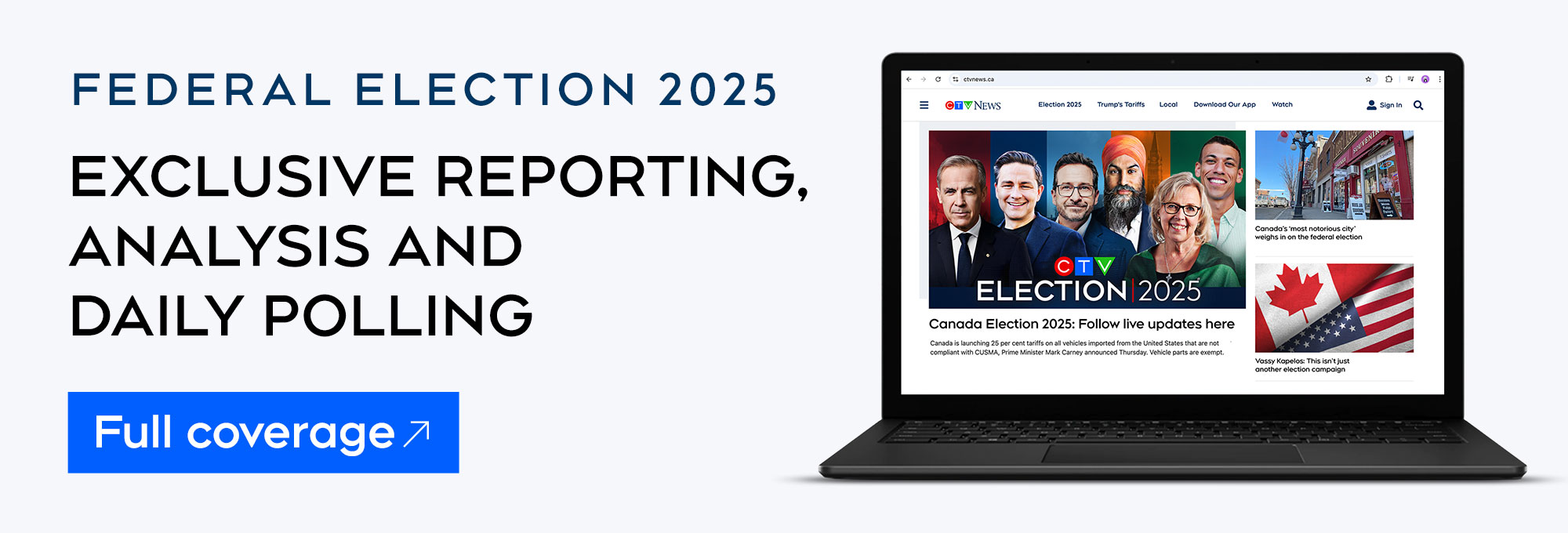The first carbon rebate of 2025 is being paid out Wednesday to households in provinces that use the federal pricing system — even as the future of the program itself remains uncertain.
For a family of four, the rebate will pay out anywhere from $190 in New Brunswick to $450 in Alberta, with people in small and rural communities receiving a 20 per cent top-up.
With the Liberals' keystone climate policy under sustained political attack, the federal government has attempted to improve its communications on the file by arguing that most Canadians get more money back from the program than they pay.
Even still: a major rebrand — or an entire trashing — appears likely under a new leader.
Perceived Liberal Party race frontrunner Mark Carney hasn’t supported or disavowed the measure, but did tell a Senate committee in May the carbon tax had “served its purpose, until now.”
One Calgary Skyview MP says he’ll be support Carney and his “measured economic plan.”
George Chahal admits the branding of the pricing model could be improved.
“We need to have a thoughtful discussion on how and what is the best way to deal with climate change while ensuring that we have a strong Canadian economy,” he told CTV News Wednesday. “And we need to do a better job of having dialogue with Canadians on what they’d like to see.”
“Mr. Carney will bring forward an economic plan for Canada that reflects the challenges of today and what we’ll face tomorrow.”
That hasn’t swayed Conservative leader Pierre Poilievre, who has vowed to “axe the tax,” if elected.
He’s already dubbed Carney “Carbon Tax Carney,” in a bid to associate the Liberal leader hopeful with Justin Trudeau’s policies — despite Carney having never served in the Trudeau government.
“They lie,” said Calgary Forest Lawn MP and Conservative Shadow Finance Minister Jasraj Hallan. “Canadians pay more into the (carbon pricing) scam than what they get back in these so-called rebates.”
The tax-free rebates return 90 per cent of the revenue collected by Ottawa from the federal carbon price levied to households in participating provinces.
‘High emissions, high price’
Whether the system has contributed to an increased cost of living has been the subject of rigorous policy debate.
While some academics have linked the carbon tax to a rise in the cost of goods — due in part to higher fuel costs in the transport sector — others argue it has had a minimal impact. They say global factors, like surging energy prices and supply-chain disruptions, have pushed prices higher in Canada.
At least one economist likens it to a swear jar.
“We’re all putting money in the swear jar, and then we get back an equal proportion of it,” University of Alberta professor Andrew Leach said. “If there are a few people who swear a whole lot, then they end up paying a lot, and the rest of us get more money back than we put in.”
Leach says the Conservative idea to produce more and fast-track green initiatives won’t work without some sort of incentive to get high-emitting companies on board.
“Right now, it seems like the option is remove, not replace,” he said.
As for the effectiveness of the pricing system, Leach believes it’s complicated.
“We’ve seen our emissions forecast drop systematically since 2016, and that’s because of a series of policies that you see being implemented.”
“They don’t work independently.”
January payments will go to Canadians in eight provinces: Alberta, Manitoba, New Brunswick, Newfoundland and Labrador, Nova Scotia, Ontario, Prince Edward Island and Saskatchewan.
In Alberta, the average individual will receive $225 in the first instalment of four.
-with files from the Canadian Press








